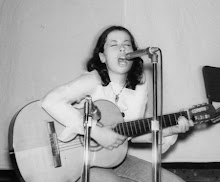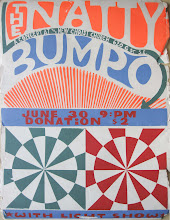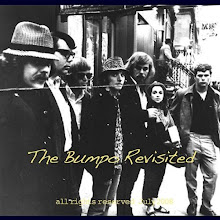I read about chef Marcus Samuelsson’s reopening a Red Rooster restaurant in Harlem near 125th Street. For a period of about six months from 1979 into 1980, I sang three and four nights a week at the original Red Rooster on 138th and Adam Clayton Powell, working in a quintet with leader and trumpeter Bucky Thorpe; Don Pullen, who played Hammond B-3 on the gig but was best known for his years on piano with Charles Mingus; drummer Bobby Battle, who was also playing at that time with altoist Arthur Blythe; and guitarist Roland Prince from Antigua, who left to tour Europe with drummer Elvin Jones and was replaced by the late Ted Dunbar, teaching at Rutgers at the time. I was the only white face in the club most nights. It was a pivotal experience — the music was great, and I was able to stretch out on some of the tunes. Since several of the players had West Indian backgrounds, we would stray into a calypso or island-tinged original some of the time, but it was pretty straight ahead. The club was owned by Buster, a numbers banker putting his beautiful daughter/club manager, Pat, through law school at Yale. The crab cakes were excellent; I think the cook was from Baltimore.
There was Jock’s and another place across the street where organ duos or trios, including the likes of Jack McDuff and Charles Earland, would play. We would take our breaks and head next door for a listen, and vice versa.
By the way, I often took the subway to my gig, walking from the stop at 135th Street on St. Nicholas. I was perfectly safe although I was dressed up because they knew I worked for Buster. The gigs were long, five or six hours a night, and I would either get a gypsy cab home or Bucky and several of us would drive through Central Park in the moonlight. It was quite magical.
Up a block or so on the corner (139th?) and Adam Clayton Powell was a place that sold the best little sweet potato pies.
That was also the area of the Striver’s Row blocks. I was friends for a couple of years with the pianist John Hicks, whose three generations of family members shared one of those brownstones, which were designed by Stanford White. His dad was a very respected Methodist minister.
There were — and still are — other pockets of elegance in Harlem. Bucky, who was a retired postal employee, lived in a beautiful building on Riverside Drive with quite an amazing entryway. The band eventually dissolved because Bucky had diabetic complications. He had one leg amputated, but was still able to play with his stump propped on a bar stool. Then he got worse, and lost the other leg. We had several benefits for him. Somewhere I have the tapes.
Monday, March 8, 2010
Subscribe to:
Post Comments (Atom)
Pause that refreshes

taken at Trout Lake Arts Fest



















No comments:
Post a Comment